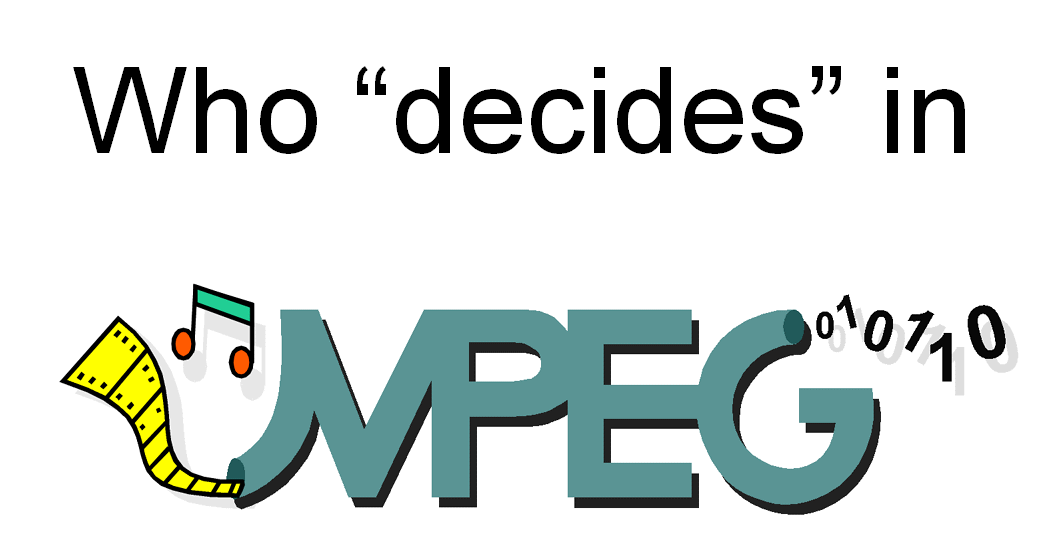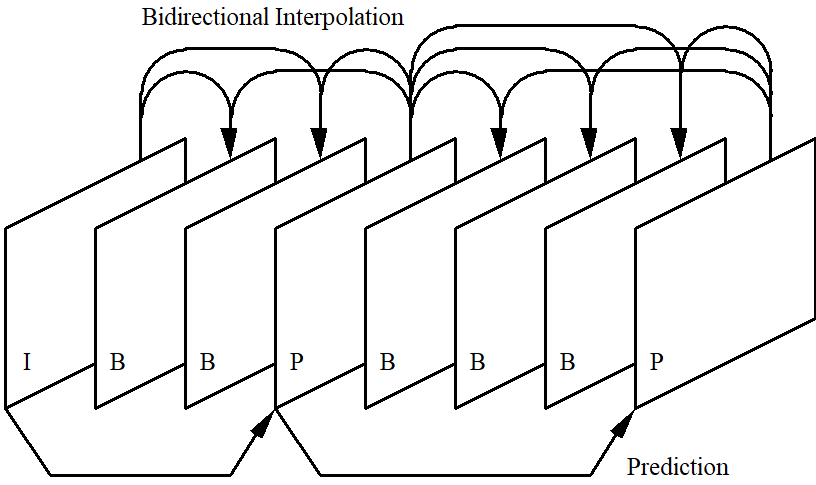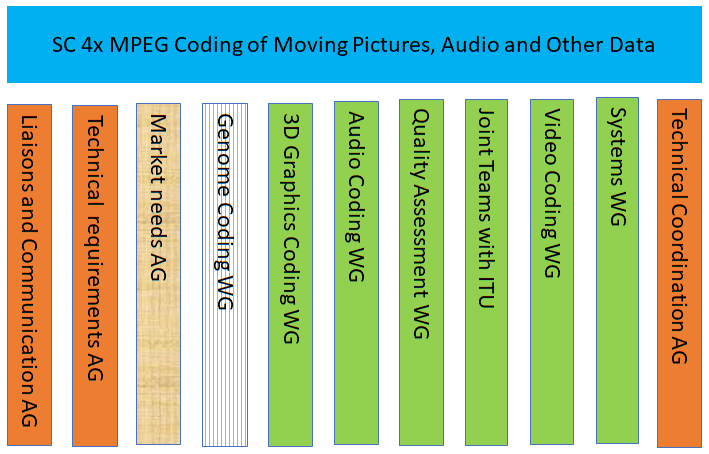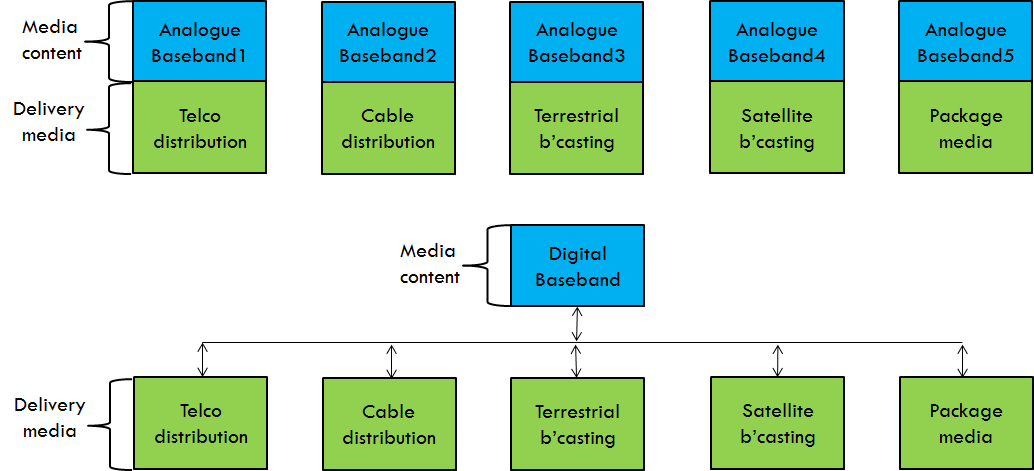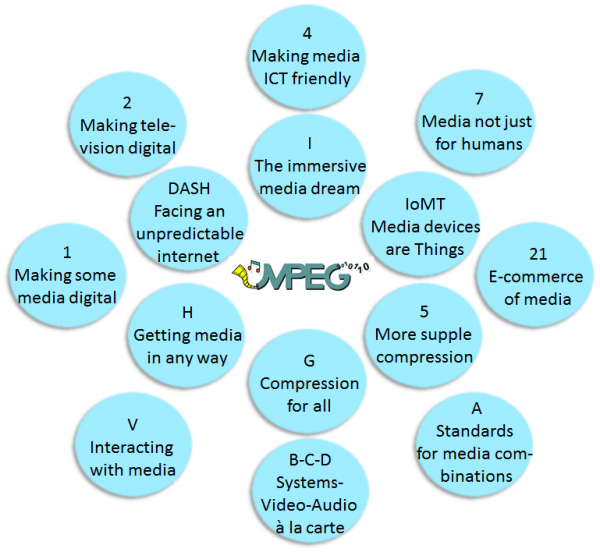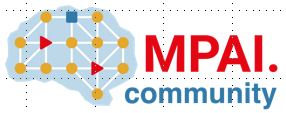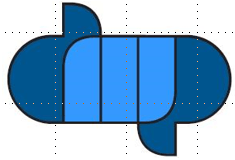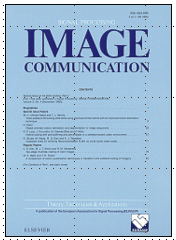Who “decides” in MPEG?
If MPEG were a typical company, the answer to this question would be simple. Persons in charge of different levels of the organisation “decide”. But MPEG is not a company and there is no chain of command where A tells B to do C or else. Decisions are made, but how? As an autocracy, an oligarchy or a democracy? To answer these questions, let’s first see how the work in MPEG is organised. The convenor chairs the 3 plenary sessions.…
